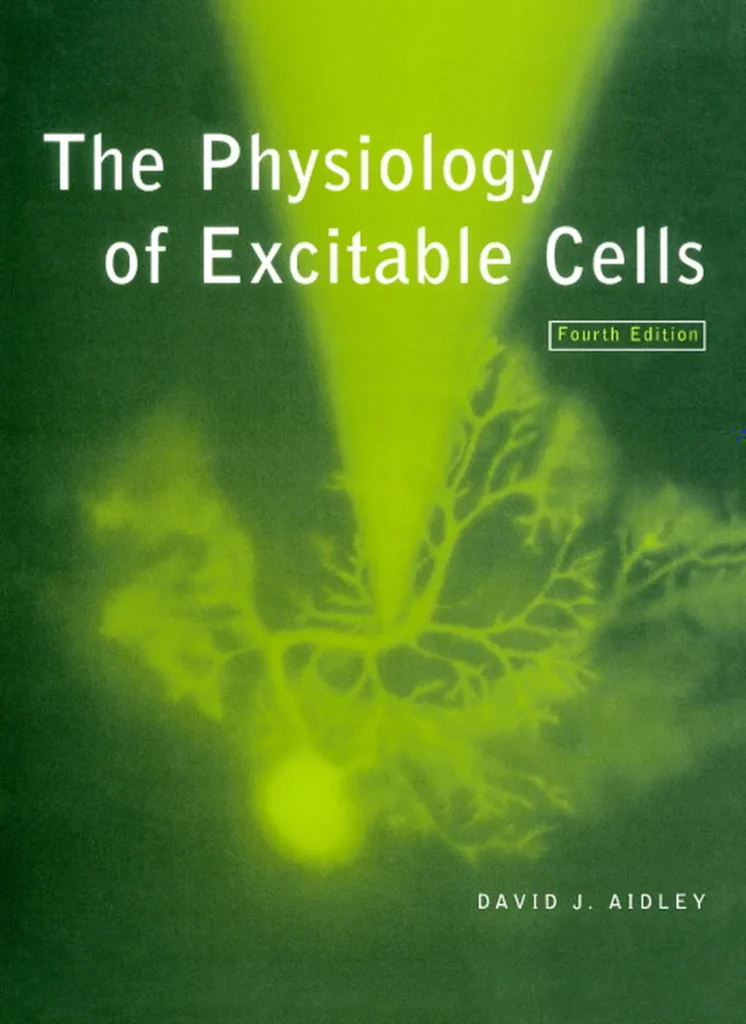Researchers Robin Wroblowski and Rodolphe Sepulchre from the University of Cambridge have introduced a novel approach to analyzing feedback oscillations and rhythmic behaviors in excitable systems. Their work focuses on the describing function (DF) and phase response curve (PRC), classical tools that have seen widespread use in control engineering, biology, and neuroscience. However, these tools have limitations, particularly in networks of relaxation oscillators and excitable systems. Wroblowski and Sepulchre’s research aims to address these limitations by proposing a new methodology tailored specifically for excitable systems.
The core of their approach lies in the analysis of a discrete-event operator that maps input trains of events to output trains of events. This method provides a more accurate representation of the behavior of excitable systems, which are characterized by their ability to generate large responses to small perturbations. The researchers illustrate their methodology using the Hodgkin-Huxley model, a well-known excitability model that describes how action potentials in neurons are initiated and propagated.
By focusing on the discrete-event operator, Wroblowski and Sepulchre provide a robust framework for designing and analyzing central pattern generators in networks of excitable neurons. Central pattern generators are neural circuits that produce rhythmic outputs, such as those involved in locomotion, respiration, and chewing. Understanding and controlling these generators is crucial for advancing neuromorphic control and neurophysiology.
The practical applications of this research are significant. In neuromorphic control, the ability to design and analyze central pattern generators can lead to more efficient and adaptive control systems inspired by biological networks. In neurophysiology, a deeper understanding of excitable systems can provide insights into the functioning of neural circuits and the mechanisms underlying rhythmic behaviors.
Overall, Wroblowski and Sepulchre’s work represents a significant step forward in the analysis of excitable systems. By addressing the limitations of traditional tools and proposing a novel approach, they open new avenues for research and application in fields ranging from control engineering to neuroscience. Their methodology not only enhances our understanding of excitable systems but also paves the way for innovative solutions in neuromorphic control and neurophysiology. Read the original research paper here.

